Drywall texturing is an impressive way to add character, personality, and depth to your residential or commercial space. This unique design element brings a touch of elegance and sophistication to your surfaces, creating both a visual and tactile experience for anyone who enters the space. In this informative article, we will explore the fascinating world of drywall texturing and learn about the various styles, techniques, and benefits offered by this distinctive form of painting.
As experienced painting professionals, we understand the creative potential and transformative power of textured surfaces. Drywall texturing can significantly enhance a room’s design, combining artistic flair with functional benefits. By incorporating a custom texture into the walls or ceilings of your home or office, you can create a stunning focal point or a subtle backdrop for your carefully selected furnishings and décor.
So, if you’re ready to explore the captivating world of drywall texturing and transform your property, continue reading our comprehensive guide. And remember, for all your drywall texturing needs, PrimeTime Painters is here to provide you with the highest-quality service and results.
Popular Drywall Texture Styles
With various drywall texture styles available, you can customize your surfaces to suit your unique preferences and design vision. Here are some popular drywall texture styles to consider:
1. Orange Peel: This style resembles the slightly bumpy surface of an orange peel. Applied using a spray gun, this texture adds subtle dimension to your walls, making it an ideal option for contemporary spaces.
2. Knockdown: With its mottled, organic appearance, the knockdown texture is created by spraying a layer of texture on the wall, followed by “knocking down” the peaks using a trowel. This results in a flatter, smoother finish compared to the orange peel, making it suitable for various interior design styles.
3. Skip Trowel: Achieved by manually applying thin layers of drywall mud using a trowel, the skip trowel texture creates a unique, hand-crafted look. This style showcases an artistic flair, adding texture and depth to your walls and ceilings.
4. Popcorn: Also known as acoustic texture, popcorn texture consists of small, round bumps resembling popcorn. Often applied to ceilings, this texture provides soundproofing qualities and is excellent at hiding imperfections.
Drywall Texturing Techniques
Several techniques can be employed to achieve different drywall textures. The choice of technique depends on the desired style, the expertise of the painter, and the tools available. Some common drywall texturing techniques include:
1. Brushing: This technique involves manually applying drywall mud on the surface and shaping the texture using a brush. Brushing offers varying levels of customization, making it possible to achieve unique and artistic textures.
2. Rolling: Utilizing a textured paint roller, this technique helps achieve uniform textures on the surfaces. The resulting look depends on the thickness of the paint and the type of roller used.
3. Trowelling: Typically used for skip trowel and knockdown textures, this technique involves applying the texture using a trowel. The painter would manually spread thin layers of drywall mud on the surface, creating a distinctive, hand-crafted texture.
4. Spraying: With spray equipment or a hopper gun, the painter can evenly apply the texture to the walls and ceilings. This technique is particularly useful for styles like orange peel and popcorn textures, which require a consistent and even application.
Factors to Consider When Choosing a Drywall Texture
Selecting the perfect drywall texture for your space requires careful consideration of several factors. Keep the following in mind when making your decision:
1. Interior design style: The texture should complement the overall design aesthetic of your space. For example, a minimalist interior might benefit from a subtle orange peel texture, while a rustic or industrial setting may call for a more pronounced skip trowel finish.
2. Ease of application and maintenance: Some textures may be more challenging to apply and maintain than others. Consider the expertise of your painting professional and whether a particular style may require more upkeep or touch-ups in the future.
3. Concealing imperfections: Choose a texture that effectively hides any blemishes or irregularities on the surface. For instance, popcorn and knockdown textures are excellent at masking imperfections, while more subtle textures like the orange peel may not be as effective.
4. Acoustic properties: If you are concerned about noise levels or echoes in your space, consider a texture with soundproofing qualities, such as popcorn texture.
Tips for Care and Maintenance
To preserve the appearance and longevity of your textured surfaces, follow these simple care and maintenance tips:
1. Clean gently: When cleaning textured walls and ceilings, use a soft brush, cloth, or vacuum with a brush attachment to avoid damaging the texture.
2. Repair any damages: If you notice peeling or chipping paint, touch up the affected area promptly to maintain the overall appearance and avoid further deterioration.
3. Paint with caution: When repainting textured surfaces, use a brush, roller, or sprayer designed for textured surfaces to avoid flattening or altering the texture.
Conclusion
Drywall texturing is a versatile and captivating design element that can enrich your residential or commercial spaces with character, depth, and personality. Whether you prefer a subtle orange peel or a bold skip trowel finish, incorporating a custom texture allows you to create a unique environment that reflects your style and vision. As you embark on your drywall texturing journey, remember that we at PrimeTime Painters are here to provide top-quality service and expert advice. Reach out to us today to discuss your drywall texturing needs and add a touch of artistry to your walls and ceilings.
